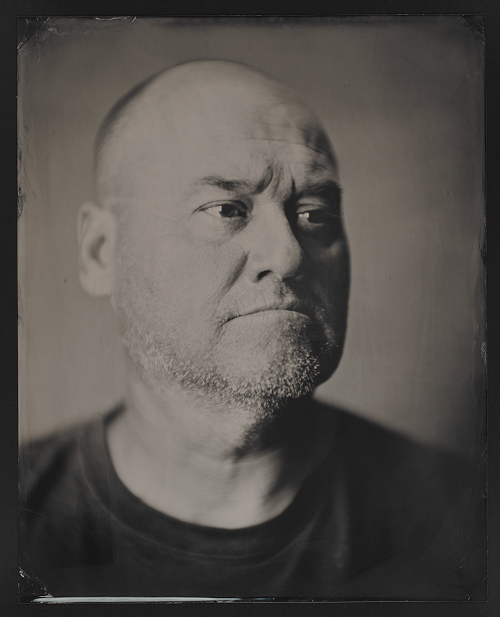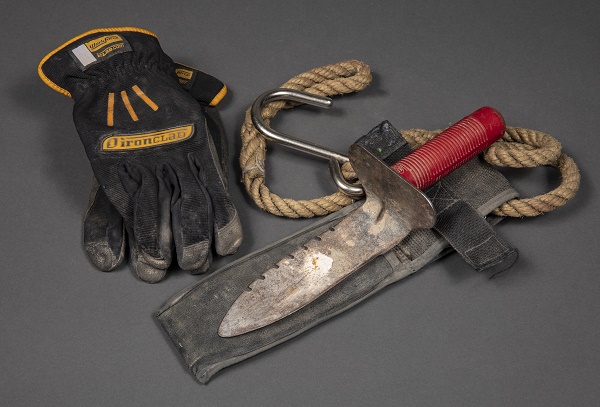Fourth-Generation Mohawk Ironworker Contributed to Rescue and Recovery Effort Following 9/11
Fourth-Generation Mohawk Ironworker Contributed to Rescue and Recovery Effort Following 9/11

The 9/11 Memorial Museum’s newest special exhibition "Skywalkers: A Portrait of Mohawk Ironworkers at the World Trade Center, Tintype Photographs by Melissa Cacciola" traces the shared history between the Mohawk ironworking community and the World Trade Center site.
Mohawk men and women have been traveling to cities across the United States and Canada since the turn of the 20th century to build iconic buildings and bridges that define skylines. Their presence and work in New York City dates to projects including the Hell Gate Bridge (1912), the George Washington Bridge (1927), Rockefeller Center (1930) and the World Trade Center (1966).
Lindsay LeBorgne, whose portrait taken by New York City artist Melissa Cacciola is on display in the Museum’s South Tower Gallery, is a fourth-generation ironworker. He can trace his family’s history of ironworking back to his great-grandfather, who is believed to appear in the famous photograph of men enjoying lunch atop a steel beam during the construction of Rockefeller Center. His great-grandfather is believed to be the man sitting sixth from the left in the photograph. LeBorgne’s father worked on the original World Trade Center site, which started his family’s connection to the site in lower Manhattan.
LeBorgne, who is currently a Council Chief for Kahnawake, one of eight communities in the Mohawk nation located in the northeastern United States and Canada, has worked as an ironworker for 35 years as a member of the Ironworkers Local 40 Union.
On Sept. 11, 2001, he was in the Netherlands and unable to get back to North America for four days until air traffic resumed normal operations. Immediately upon his return home, LeBorgne got in his car and drove down to Ground Zero to help aid rescue and recovery operations. He worked 12-hour shifts for the next week, helping to cut down and move large pieces of steel as he and other ironworkers searched the debris for survivors, victims and any evidence they could find. “I went down there and went to work,” he said. “I couldn’t just sit there at home, watching it on television and not do anything.”
LeBorgne remembers his work in the days after 9/11 as the most challenging job in his career. More of his story can be learned by visiting the Museum’s South Tower Gallery and by downloading the Museum’s audio tour, which features his story in his own voice.
By Tara Prout, Memorial Exhibition and Registries Manager, 9/11 Memorial Museum
Previous Post
New Artifacts Rotated on View in the Historical Exhibition

Several new items have rotated on view in the 9/11 Memorial Museum’s historical exhibition. Artifacts in this exhibition tell the story of the events of the day as well as demonstrate the tasks undertaken in the immediate aftermath.
Next Post
VICE Correspondent Discusses Reporting from Raqqa

VICE correspondent Isobel Yeung spoke at the 9/11 Memorial Museum this week about her recent reporting from conflict zones in the Middle East.